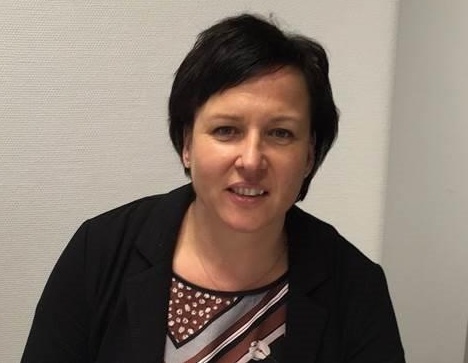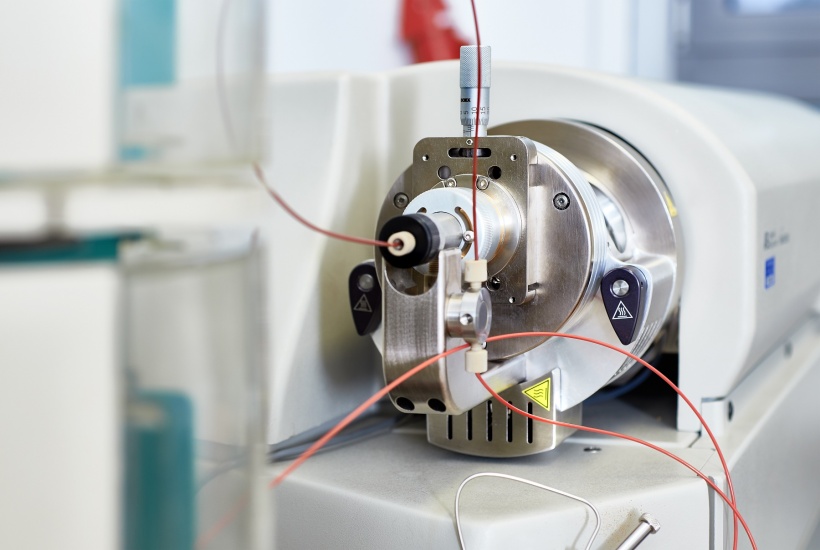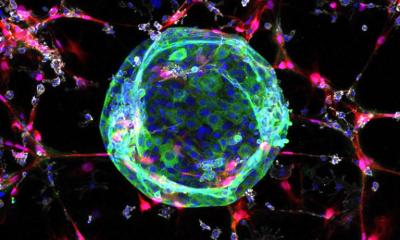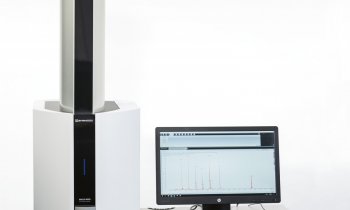Interview • Combined power
LC-MS research and routine use
Interview: Walter Depner
LC/MS, i.e. the combination of liquid chromatography (LC) with mass spectrometry (MS) – an analytical method developed primarily for environmental analysis and live science – remains a keen topic in the medical laboratory. In recent European Hospital issues, we have outlined various reasons why this procedure is increasingly popular in the medical lab. Here we continue with an interview held at the clinical-chemical laboratory in the Institute for Laboratory Medicine, Clinical Chemistry and Molecular Diagnostics (ILM) at Leipzig University Hospital. For the last eight years, Professor Uta Ceglarek and colleagues have been working on a procedure to utilise the gold standard, mass spectrometry, for steroid hormone analysis in patient care – and the last two years brought success.
LC/MS combinations were recognised as relevant for the medical lab 40-50 years ago. Why has it taken so long for the procedure to become established?

Uta Ceglarek: ‘In the last century its use in the clinical laboratory was limited to the combination of gas chromatography and mass spectrometry. The combination of LC with mass spectrometry was initially a big challenge because it required a high vacuum for the separation of ions in a mass spectrometer, as well as needing eluents with high flow rates for the LC. It was only the development of atmospheric pressure ionisation, for which the Nobel Prize was awarded in 2002, which paved the way for LC-MS in routine use.’
How did Leipzig’s 12-strong working group grow so big?
‘You need to differentiate between two things here. For the last 15 years my research focus has been on the development of methods to analyse metabolites and proteins based on LC-MS/MS. I’m currently working on this with 12 scientific and medical doctoral candidates. We’ve been using LC-MS/MS at the ILM seven days a week in clinical routine since 2000. It is primarily being used for newborn screening, TDM, toxicology and steroid analytics. We have nine technicians in this department. We have already mentioned the development of a gold standard for steroid hormone analytics in patient care. What is the main advantage of this method, bearing in mind that hormones could be “measured”, anyway?
LC-MS/MS is often referred to as a gold standard. However, it also depends on the quality of the method developed. Our objective was the development of a routine method for the simultaneous analysis of all relevant steroid hormones. The advantage compared to the immunoassay is the same as for TDM: the use of a smaller sample volume, no cross-reactivity and simultaneous analysis.’
Who mainly benefits (clinics, departments) from this in the hospital and what is the benefit in individual cases?
‘We receive samples from the University Hospital Leipzig but also from endocrinological practices beyond the hospital. The benefit lies, without a doubt, in diagnosis, which is based on a reliable method of determination.’

Source: Shutterstock/anyaivanova
Are the members of your lab groups working at full capacity by carrying out routine laboratory analyses? Do they carry out research in other areas?
‘We’ve partnered many scientific projects at Leipzig University Hospital, as well as with national and international partnerships on metabolome and proteome research for different diseases.’
Are there other classes of substance apart from steroid hormones that the group is looking at, and what about validation, or accreditation respectively?
‘We have mainly examined lipid metabolism and bioactive lipids in body fluids and tissue. This also includes methods to examine eicosanoid metabolism, cholesterol homeostasis or apolipoprotein metabolism.’
All the methods and procedures mentioned need significant expenditure on devices and systems, i.e. hardware and software. How big are these factors financially and in the number of staff needed, etc.?
The availability of routine test kits has specifically contributed towards the increasing use of LC-MS/MS technology
Uta Ceglarek
‘The development and validation of LC-MS/MS procedures for clinical routine diagnosis requires special scientific expertise, but equally creates a scientific advantage. The operation of LC-MS/MS systems in clinical routine is only possible with specialist technical staff because these systems are highly complex to maintain and run in daily routine. 24-hour availability of the systems is therefore only achievable with difficulty. At the moment, there are technical developments offered by various commercial providers aimed at improving the robustness and ease of operation for routine laboratories. The acquisition costs of a mass spectrometer depend on the specifications required. However, they are now comparable to the investments needed for classic laboratory analysers. The increasing availability of commercial IVD test kits will likely improve the availability of LC-MS/MS technology in clinical routine further.’
In recent years, how has the device industry developed in the development, or further development, of devices/systems for medical diagnostics, and what do you use in your laboratory?
‘As mentioned, the industry has definitely acknowledged the need for robust LC-MS/MS analysers for routine diagnosis. The availability of routine test kits has specifically contributed towards the increasing use of LC-MS/MS technology. Our laboratory is equipped with different LC-MS/MS systems used for medical care (routine diagnostics) as well as research. Development and validation of these systems takes time and requires specific scientific expertise, but at the same time this creates a scientific advantage.’
Profile:
Professor Uta Ceglarek is Assistant Director at the Institute of Laboratory Medicine, Clinical Chemistry and Molecular Diagnostics (ILM) at University Hospital Leipzig, where she has headed the newborn screening laboratory since 2005. After gaining her degree in chemistry and doctorate in analytical chemistry, Ceglarek specialised in toxicology and clinical chemistry. In 2010 she wrote her habilitation on clinical metabolome research. From 2000 she has been working to develop mass spectrometry diagnosis for newborn screening, therapeutic drug monitoring and metabolism. She is a member of the board at the German Society for Newborn Screening (DGNS) and a spokesperson for the Clinical Mass Spectrometry section at the German Society of Clinical Chemistry and Laboratory Medicine (DGKL).
22.06.2018











